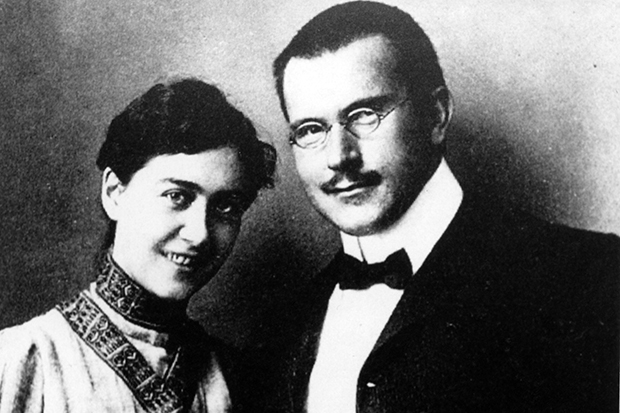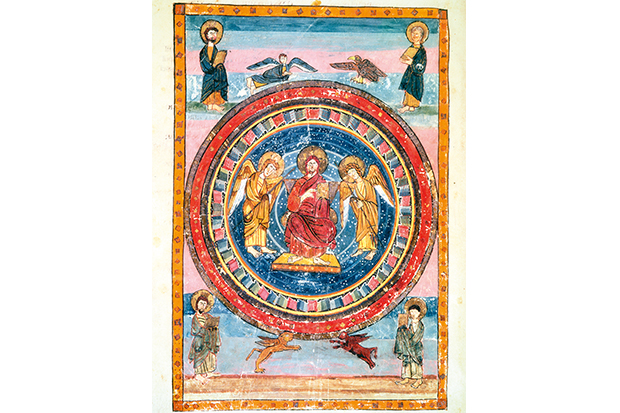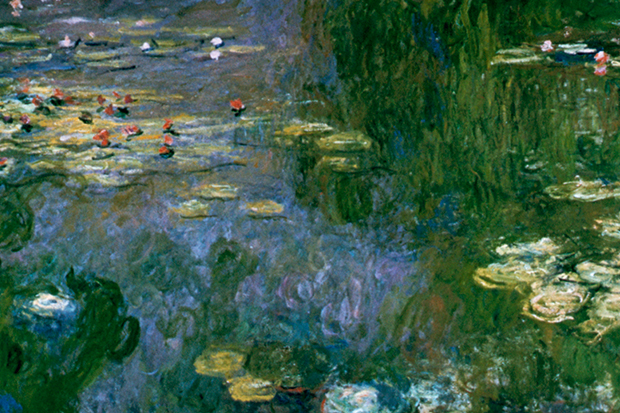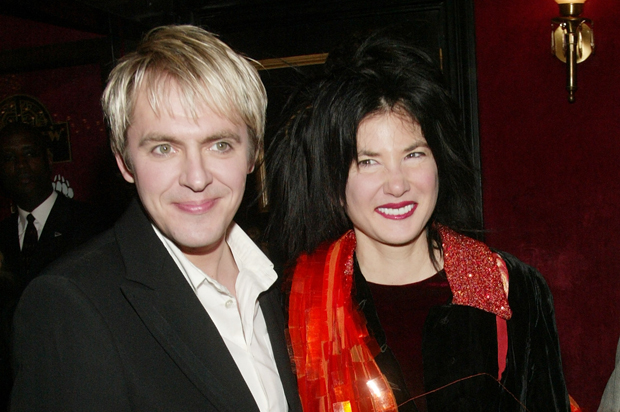Emma Rauschenbach was the daughter of rich Swiss industrialists — a plump, good-natured girl, nicknamed ‘Sunny’, who married young without knowing what she was letting herself in for. Her husband, Carl Gustav Jung, was revered after his death as a guru as much as a doctor — as the mystic and visionary that Freud might have become had he not been so fixated on the role of the libido. As a husband, a father and a younger man, however, Jung appears to have been close to intolerable. He was physically large, selfish, bullying and loud of voice; he cheated at games, had a vile temper and appalling table manners; he thought men should be polygamous but that Emma should be his alone. He was also narcissistic and unbalanced, coming from a family with severe mental health problems.
Poor Emma. She pops out children at regular intervals while Jung is working at the Burghölzi Hospital in Zürich under the supervision of Eugen Bleuler, a man remembered today for his unfortunate invention of the term ‘schizophrenia’ for delusional psychotic illness (a misnomer that still allows dimwits to talk of living a ‘schizophrenic’ existence if they have a flat in town as well a country cottage). Bleuler, however, was a better doctor than wordsmith, and the Burghölzi, having no cures to offer, did its best for its patients by keeping them busy. Bleuler rated Jung very highly, his sympathy for acute patients apparently boosted by his own near-psychotic experiences.
When not on the crowded ward, Jung was pursuing an interest in psychoanalysis. Sigmund Freud quickly identified Jung as his heir, seeing in him energy, intellect (which Jung had in abundance) and powers of leadership. To Freud, however, the most useful thing about Jung was that he was a Gentile, and so might be capable of exporting psychoanalysis from Vienna into a wider world of research funding and rich patrons, especially in America.
The foundations of early psychoanalysis consisted of Freud misdiagnosing young Jewish women with types of neurological complaint (usually epilepsy) or organic illness (stomach cancer in one shocking case) as suffering from ‘hysteria’ caused by repressed sexual problems that could be unravelled and ‘cured’ by Freud’s patent detective process. It would have been good to have had more here about how Freud chafed under the Jewish limitations of his practice enough to write: ‘Our Aryan comrades are… indispensable to us, otherwise psychoanalysis would succumb to anti-Semitism.’
While Freud was proposing a psychological constant, the Oedipus Complex, on the basis of something that hadn’t happened (he had not seen his mother naked on a train and had not become aroused, but if he had, then…), Jung, by utter contrast, could not go all the way with Freud about the prime importance of infant sexual trauma because he himself had been abused as a child. So Jung was debarred by fact from entering the house built by Freud on fiction. Freud puffs frantically on the suggestively shaped cigars that would kill him with cancer, while Jung worries that his admiration for the older man has an erotic element.
This would be droll (‘hysterical’, almost) had the theories they developed been applied to talking cures alone, paid for by wealthy patients; but, tragically, their hypotheses were taken into the real hospital world of genetically caused mental illness. Thus a mother at her wits’ end as her beloved child developed psychotic delusions at the age of 21 might well, in mid-20th-century America, be told by the hospital psychiatrist that it was her fault because she was a ‘schizophrenogenic’ mother. Defenders of Freud and Jung argue that this development was not their fault; but the pair did nothing to stop it in the early days, when their self-belief veered into hubris.
The fact that Freud and Jung were both so unscientific and so opportunistic should not entirely blind one to the idealism that drove their work. Even if the theoretical basis of psychoanalysis in the dubious disease entity of ‘hysteria’ was unsound, patients who were not organically ill found that talking at length about themselves to someone as receptive as Freud or Jung was beneficial. Emma Jung acted as a mediator between the two rutting stags when their theoretical paths began to diverge, writing humble but well-reasoned letters to Freud on her husband’s behalf — and on her own, as she began to train as an analyst.
At home, she struggled with the fact that Jung exerted such power over everyone he met. The men wanted to debate with him (though usually they just had to listen as Jung held forth) and the women, mostly colleagues and patients, wanted the doctor to love them. Jung nearly left Emma for the unhinged Sabina Spielrein (an episode dramatised by Christopher Hampton in the play and film, A Dangerous Method), while a particularly unsuitable former patient called Antonia (‘Toni’) Wolff became the third wheel of a Jungian ménage à trois for many years.
There is not much new material here, but by rearranging the evidence so it is seen wherever possible through Emma’s eyes, Catrine Clay has brought a viewpoint that is fresh and sympathetic; she does not belabour the shortcomings of the men’s conjectures, but she makes it clear how exasperating, exhausting and exhilarating it must have been to live with them. There is sometimes a naïveté in the narrative and the picture captions; occasionally the story is a touch funnier than the author seems to know, as when her loyal defence of Emma against her female rivals comes down to little more than Emma having nicer hair. But in the end these things help to humanise the story of two men who once, even in our lifetimes, seemed such great figures — real scientists, like Pasteur or Fleming, but in a less laboratory-dominated, more visionary, somehow more important world.
They have no equivalents in 21st-century doctoring, where at one end of the spectrum genetic researchers labour to find markers on strings of DNA that will help to understand the human being’s unique susceptibility to dementia, and at the other end therapists without medical training offer life advice to the unhappy. These practices are too far apart to be embraced by anything like a single psychological or psychoanalytic theory, however much well-read therapists do draw on the later psychological writings of Freud and his followers.
Yet while we may recoil in dainty horror at the overweening ambition and lack of scientific method in Freud and Jung’s early work and at the pernicious effects of its legacy as practised in hospitals on patients for whom it had no possible application, it is worth remembering that no one a century ago had much idea of how genetics worked. Psychiatry’s only big breakthrough was to discover that its most florid patients were not ‘mad’ at all, but had syphilis.
Catrine Clay’s book also reminds us how extraordinarily hard these men worked. The ‘early years of psychoanalysis’ were indeed great days of hope. We will never see their like again because we know now the ineffable size of the problem of human insanity. But at least this book shows what a patient, clever woman ‘Sunny’ Emma Rauschenbach was, and how much common sense she contributed to lives where it was in short supply.
The post A rose between two thorns appeared first on The Spectator.
Got something to add? Join the discussion and comment below.
Get 10 issues for just $10
Subscribe to The Spectator Australia today for the next 10 magazine issues, plus full online access, for just $10.
You might disagree with half of it, but you’ll enjoy reading all of it. Try your first month for free, then just $2 a week for the remainder of your first year.














Comments
Don't miss out
Join the conversation with other Spectator Australia readers. Subscribe to leave a comment.
SUBSCRIBEAlready a subscriber? Log in